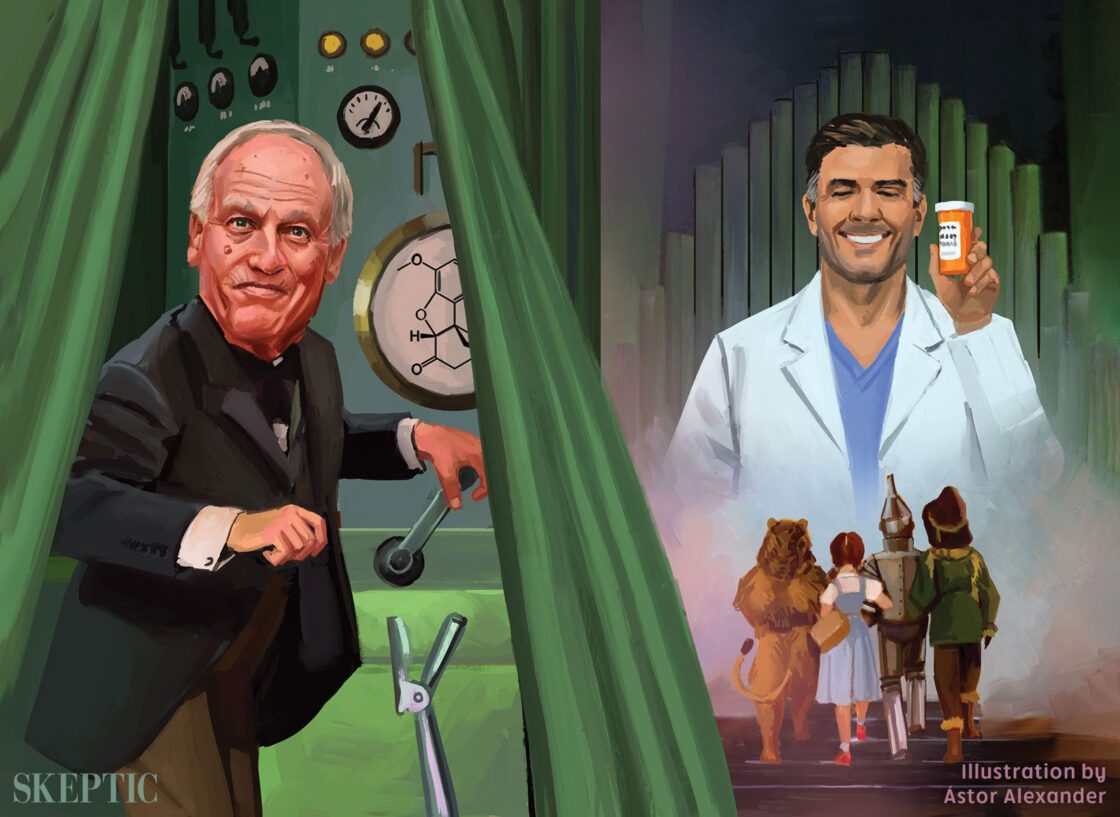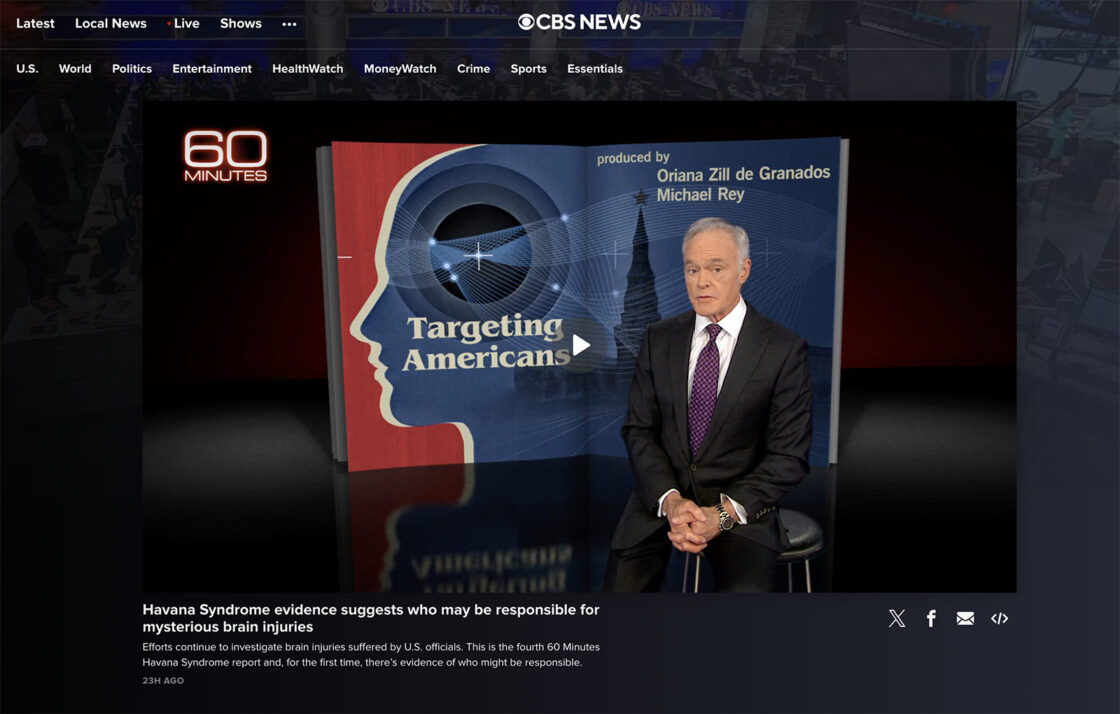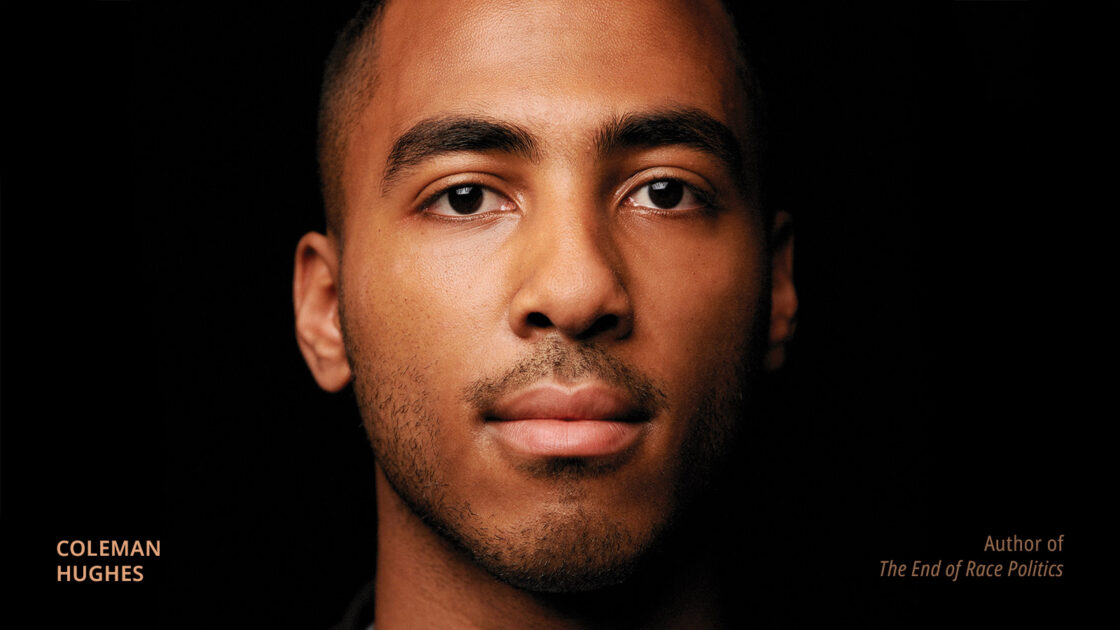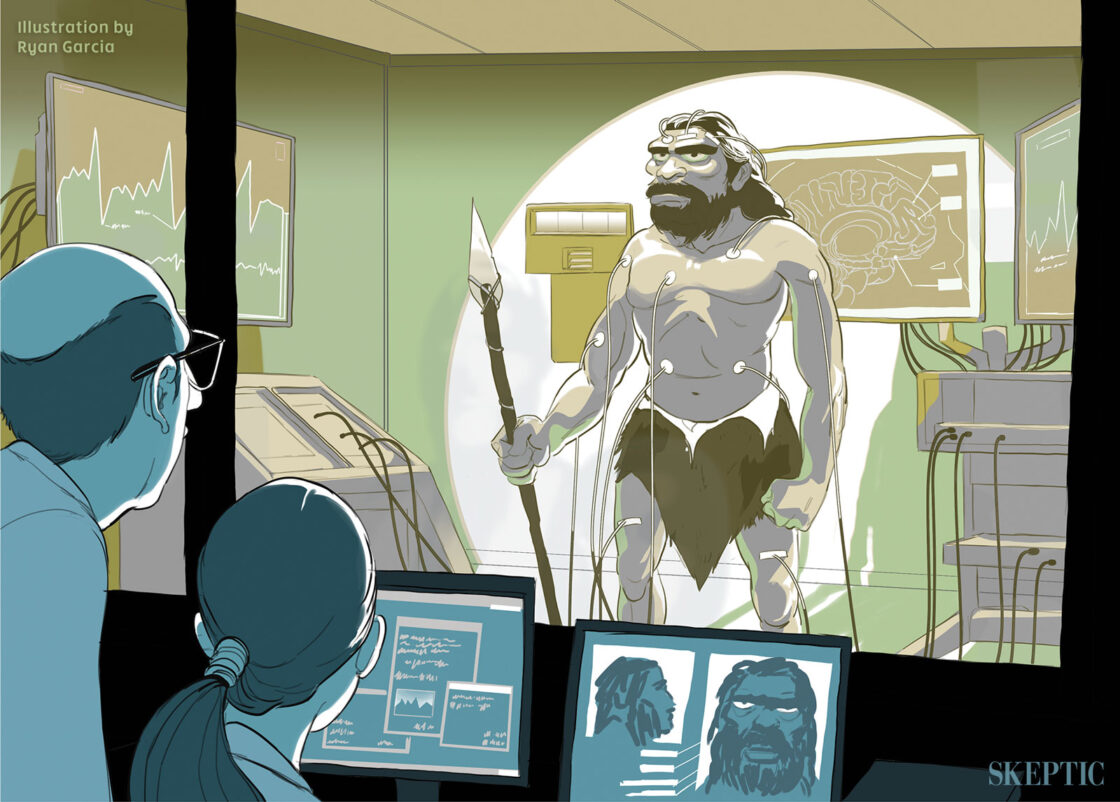Agenda-driven diversity and antiracism training programs are everywhere, but do they work in creating an inclusive culture? In our current climate of high racial tensions and deadlocked civil discourse, is there a more effective way to break down these conversation barriers in order to answer some of the most difficult, polarizing questions that we face today?
With the rise of the Black Lives Matter (BLM) movement in 2020, government agencies, corporations, and universities and colleges began scrambling to show their support by instituting diversity and racial sensitivity training programs, not dissimilar to what Starbucks did in 2018 when they closed 8,000 stores to put 175,000 employees through an “anti-bias” training program in response to the media frenzy after two African-American men were arrested while waiting for a business meeting to begin there.
Underlying such programs is the belief in the value of diversity and inclusion, and many organizations have taken steps to implement diversity training programs that subtly insist on ideological conformity and often silence open discussions, neither of which are inclusive. The seemingly noble intention of encouraging inclusion is often subverted by agenda-driven trainings that leave little space for different perspectives or nuanced conversations. This contradicts the very essence of the values they are trying to promote.
Most diversity and racial sensitivity training programs are not up to the task of developing truly inclusive environments because they do not foster psychological safety among their participants. I learned this the hard way at Harvard where, as a clinical and social psychologist, I brought together adult children of Holocaust survivors face-to-face with adult children of Nazis, as well as the grandchildren and great-grandchildren of African American slaves and slave holders, the results of which I document in my 2004 book Justice Matters (made into a documentary in 2006) and most recently in my 2020 book The Science of Diversity.
The preponderance of diversity trainings begin with the assumption that we need to eliminate bias and prejudice by purging our “wrong” beliefs, such as those related to historical injustices, power differentials, race and gender differences, and so forth. The contentiousness of this methodology has taken center stage in both the private and political arenas. President Trump recently ordered the heads of federal agencies to cease and desist from offering such trainings, noting that they “engender division and resentment within the Federal workforce.” By contrast, universities and corporations are actively ramping up their diversity and racial sensitivity programs.
A review of the research on diversity and racial sensitivity programs shows that thousands of diversity intervention programs over 50 years have been ineffectual in removing bias and prejudice from people. Telling people that they are biased and need to attend a mandatory anti-bias training, or a racial sensitivity program can activate bias rather than stamp it out. If people feel forced to accept an authority’s agenda, they may do the opposite to assert their autonomy.
In order to comprehend the complexities of our biases, it is necessary to understand the biological, neurological and psychological underpinnings. Commanding people to get rid of biases that are deeply rooted in their personal memories and histories is akin to asking them to shed their very legacies and identities.
Moreover, telling people to get rid of their biases is apt to fail when there are strong feelings on both sides of a historically sensitive issue. Evidence for this phenomenon was apparent in the multiple studies I conducted at Harvard on the aforementioned children of Holocaust survivors and children of Nazis, along with the great-grandchildren of enslaved African Americans with the descendants of slave owners. Both sets reported that they felt they had inherited a legacy that consumed large parts of their lives and identities.
The facilitated conversations between these polarized groups revealed similar threads of feelings and associations to the past that run through their lives. They also revealed an important difference in that most children of Nazis reported their parents told them stories about the war, whereas children of survivors reported their parents told them stories about the Holocaust. The daughter of a survivor put it like this:
I didn’t even know there was a war until I was a teenager. I didn’t even know fifty million people were killed during the war. I thought just six million Jews were killed. The stories I heard were always about taking the Jews to concentration camps. For my whole childhood I think I thought it was only the Jews who were killed. That it was just Nazis killing Jews. It wasn’t until some history class that I realized this was a major war. But you know, still I think the Jews had it the worse, they suffered the most because every Jew was a victim like someone said.1
The daughter of a Nazi officer put it like this:
I didn’t know about the concentration camps until I was in my teens. First I heard about the party. Then I heard stories about the war, about bombs falling or about not having food. I would hear that my father was an officer in the army, and I remember seeing pictures of him in uniform. And I remember his black shiny boots. And I saw a picture of him on a horse. At first I remember feeling proud to find out my father was an officer in the army.2
By providing an environment in which both sides could openly express their experiences, these two historically opposed groups were able to understand that there was a sense of double victimhood. Without such an environment, this phenomenon would have prevented these conversations from the progress that led to common threads of understanding.
In a time of pandemic and racial reckoning, and with our civil discourse at a standstill, conversations on polarizing topics have urgency as never before. Many people are walking on eggshells wondering what to say and how to say it, or worse, some people don’t feel safe to share their viewpoint out of fear of reprisal.
This reflects the discomfort many have with the current widespread cancel culture. “It no longer feels safe to have conversations with people who have a different viewpoint” they say. Diversity and racial sensitivity programs aimed at exposing and curing biases and prejudices are unlikely to succeed at creating a culture of inclusion where everyone feels heard, and where nuanced meaningful conversations take place. Given these constraints, it is natural to ask, “Is there anything we can do? Are there any solutions we can live with?”
The quick answer is yes. The solution requires a fair process of facilitated conversations in which people learn how to scientifically reason together about difficult questions, even when in stark disagreement. Over the years, thousands of students have joined me to reason scientifically about some of the most important polarizing questions we face as a society and in our everyday lives, including questions on racial justice, slavery, police racial bias, white privilege, immigration, BLM, and reparations.
People do not always think of scientific reasoning as a path to understanding in emotionally charged conflicts. However, the nature of scientific reasoning causes one to pause, reflect, look to data for insight and reach scientific consensus.
When teaching the Psychology of Diversity course at Harvard recently, one of my students expressed the view that racism has long been the cause of rampant police brutality. In response, another student suggested that police brutality, regardless of race, may be a more pressing issue and noted a recent news article supporting the same.
We can imagine how an exchange beginning in this manner might unravel into an emotional debate and end in a deadlock. Especially in our current politically polarized environment, we can also see how little progress would be made had another student expressed the view that police brutality was not an issue at all. However, as a facilitator of the conversation, I encouraged them to ask, “What does the data say about the relationship between race and police brutality? What other factors contribute to the nexus between the two?”
The class was then tasked with finding peer-reviewed scientific journal articles on the issue that have conflicting findings. When people are encouraged to seek out information in support of each side, they are encouraged to seek out information without an agenda. This allowed us to problem solve together by asking, “Why do these studies come to opposite conclusions? What data collection and analysis approaches were used? What other factors could play a role in the discrepancy?”
From there, the conversation was able to open up and move forward. We could then ask more difficult questions such as, “What effect does taking race out of the conversation on police brutality have on a person who has experienced racism? What effect does placing race as the central cause of police brutality have on a person who has experienced such brutality without race being a factor?”
Scientific reasoning does not take emotion out of the conversation. Instead, it allows us to pause and reflect on what effect our emotions have on the progression of our dialog. This is what tends to go missing in conversations about polarizing diversity topics, but it is also what I have found to be imperative that we leave in. It is the only way to recognize our blind spots and transform them into facilitators rather than obstacles.
This is the method used in science and problem-solving education. It is dialectic between persons holding different hypotheses about a topic but wishing to understand one another and test their views. One does not judge the other for their view. One does not try to win a debate. One does not expect the other to change or think differently. Rather, the expectation is that one will learn to reason about the topic scientifically.
Many great scientists, including Nobel Prize winners Marie Curie, Albert Einstein, and Richard Feynman, have stressed that scientific reasoning is the key to developing peoples’ moral and intellectual strengths, and that this would lead to a better society. According to Feynman, the scientific worldview is a habit of mind, and once acquired one cannot retreat from it. I would underscore, as Feynman did, that scientific reasoning contains within itself a system of logic and standards of evidence that can be used for building a culture of inclusion. This method has the potential to create an environment where everyone feels safe to express a hypothetical viewpoint and open to understanding that more than one view can be hypothetically true at once.
Scientific reasoning does not rely on armchair theorizing, political conviction, or personal opinion, but instead on methods of empirical research independently available to anyone as a means of opening up the world for scrutiny. All opinions are viewed as hypotheses to be tested, rather than as appeals to emotion. When conversations on polarizing topics get bogged down by passionate opinions, scientific-reasoning lifts us up so we can consider the alternative hypothesis.
It is a universal fact that diversity is a feature of nature. This is true of individuals, families, social classes, religious groups, ethnic groups, and nations. There will always be diverse polarized views with which people passionately identify. Scientific reasoning is a fair two-sided method for evaluating polarized views, fake news, misinformation, and disinformation.
Embracing scientific reasoning and using logic and standards of evidence can bolster American education and our riven society. Whereas agenda-driven diversity training programs are divisive, the scientific reasoning method is connective. Agenda-driven diversity training programs try to resolve differences by methods of shame and pressure that seek to win and control the debate and by cherry-picking evidence in support of an idea, action, or theory, typically with the aim of persuading others to share one’s “right” view.
By contrast, the scientific reasoning method dissolves differences by asking people to consider all the data, ask each other questions about what the data mean, and reach a consensus about what is and is not agreed on. They then have the foundation to collaborate and explore how to test the questions about the points on which they disagree. The process of scientific reasoning is based on finding out what is true, and not, “What can I prove and convince you of?”
Scientifically reasoning together shifts the dynamics of the culture from one of divisiveness to one of connectedness, thereby making it possible to have a truly inclusive culture that includes different perspectives. That is why it is so vital. ![]()
About the Author
Dr. Mona Sue Weissmark is a professor, researcher and author. She teaches advanced research methods and psychology of diversity, and conducts research on the science of diversity at Harvard University. Her new book is The Science of Diversity (Oxford University Press, 2020). Copyright © 2020 Mona Sue Weissmark. All Rights Reserved.
Acknowledgements
To my current Harvard teaching fellows and research assistants Labrita Andrews, Brian Chin, Marcelle Giovannetti, Bushra Hassan, Jeanette Lieb, and Marcelo Soares who help run and continually improve the Harvard Psychology of Diversity course and The Science of Diversity research projects. Their effort is critical to the successes we have teaching the course and running the projects.
Science Salon with Mona Sue Weissmark
Listen to Science Salon Podcast # 129 in which Michael Shermer speaks with Mona Sue Weissmark about her book The Science of Diversity which uses a multidisciplinary approach to excavate the theories, principles, and paradigms that illuminate our understanding of the issues surrounding human diversity, social equality, and justice.
References
- Weissmark, M., 2020. The Science of Diversity. Oxford University Press, p. 219.
- Ibid., 219–220.
This article was published on September 25, 2020.


















Genetically there are more differences between the various tribes or nations of blacks than there are between blacks and whites, whites and other whites and/or asians. That is because humanity originated in Africa and after migration north over millenia some became lighter skinned and blond or redheaded, blueeyed, etc. There are also greater differences in intelligence between blacks than between blacks and whites, irrespective of miscengenation. Sorry I dont have the patience to reaquire the anthropological references to validate this data, but it is available.
Something I can 100% agree on which is rare these days.
This is “voodoo psychology”. The “races” are really different species and are nowhere close to being equal. You claim equality…show it to me. Where on this planet are blacks as a race successful? Where on this planet are blacks not the bottom of society. There are Neanderthals, Denisovans, and Africans…each different in physical and mental ability.
Explain this: NYC last year…2019 crime summary:
Shootings B 74% H 23% W 2% Murder B 62% H 30% W 3% Robbery B 66% H 27% W 4%
Don’t believe it? Look it up yourself. Before my post…the truth…is deleted.
https://www1.nyc.gov/site/nypd/stats/reports-analysis/crime-enf.page
“We” don’t have a gun problem, “we” don’t have a crime problem…”they” do…when will we admit the real problem so we can solve it? You keep beating AROUND the bush when the real cause of the problem is right there.
We are NOT the same.
And you WILL censor the truth.
A “species” is a BREEDING POPULATION. If two individuals can breed and produce fertile offspring, they are of the same species. That is the definition of a species used by all biologists.
In the U.S. today, the Negro gene pool is about 30% Caucasion. Whatever inate differences there may be between races pale into insignificance beside the far more important differences between individuals within each race.
Wrong…wrong…wrong. MANY “species” can mate and produce offspring that are not sterile.
This is the problem with the world today…people telling us lies…and the ignorant believing them.
https://en.wikipedia.org/wiki/List_of_genetic_hybrids
As for “differences” within vs between races…let me tear that apart too.
How varied are “whites”? VERY…hair from blonde to red to brown and black…eyes, from blue to green, hazel, brown…skin from pink, to white, to olive.
How about blacks? ONE skin color, ONE hair type and color, ONE eye color. ALL blacks look basically the same…whites are very varied. There IS variation among whites…little to no variation among blacks.
You can tell the difference between the “races” by looking at bones, muscles, you can tell genetically, we suffer different diseases, we have different strengths and weaknesses.
You XXXXX are the victim of lies and propaganda. We are VERY different.
Can nobody admit the truth?
Truth? It does not exist. If it did exist, man would not deserve it. Everyone’s “Truth” is unique and biased.
Truth does exist…it’s the only REAL thing there is. Everything else is “made up”.
Unless you are of the mind this is all a simulation. Then yes…anything goes that the programmers allow.
I notice not ONE retort with facts to counter what I’ve said.
Equality is the big lie. It’s all political.
I wish all you humans a wonderful day. To the others…quit rioting over thugs…straighten up or go away.
Will nobody challenge me?
Look at that propaganda picture…the black guy in the middle…the leader…everyone wanting his attention. Everyone needing his input.
Where? On what planet? What universe? In the real world…it’s never that way.
Come on people.
What? Did only 3 people read this garbage?
My point is that everything is relative – where you stand is where you sit. If you have been fortunate by birth or circumstance to occupy a comfortable place and time, your “truths” are still biased due to your basic biology and web of learning. The more time and stuff you have in your daily life, the more you judge the world by your own unique beliefs. You cannot escape them, no matter how hard you make the effort.
We all are guilty of motivated reasoning, confirmation bias, anchoring and hindsight bias, just to name a few. We can’t solve our problems because everybody is so sensitive and prone to fly off the handle if anybody dares to challenge them. Throw in the “crazy factor and the “persecution complex due to all their personal “sacred” beliefs and you have unending trouble trying to get along. I tell you that truth is unavailable to human beings because we are all ambivalent and flawed. Our conscious brains are severely limited. We are controlled by our primitive brain structures. Yes, we can try, but usually we are cut off by others expressing their own unique “truths”. It all goes back to greed and selfishness.
But it’s not “relative” in the real world with real jobs and real responsibilities. We prop up blacks to levels they shouldn’t be. Universities/colleges are GIVING blacks up to 200 SAT/ACT points. A white male scores a 1500 but a black scores 1302…the black gets the slot. So now you have an incompetent doing a job. Med schools graduate blacks undeservingly.
Your talking about abstract ideas that have nothing to do with “how trained” the doctor working on you really is.
Affirmative action, quotas…are BAD. We should take race and gender out of everything…you become just a number when applying. The only problem is…EVERYTHING would end up ALL Asian and white males.
We’re very different we are…and pretending we’re all equal will destroy us in the end. We must return to a merit based system.
Blacks are “cavemen”, another species…they never have nor will they ever equal the other races. Just as your dog will never equal you. It can’t…it’s not the same species, it doesn’t have the intellect we have. Blacks are the same…between the chimpanzee and the true modern human Neanderthal and Denisovan.